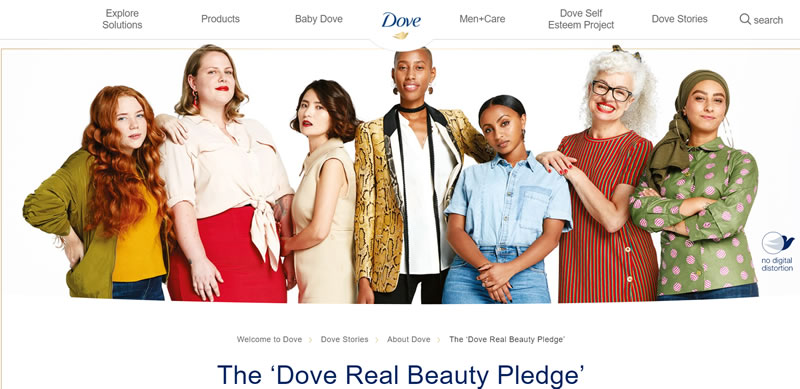Add Diversity to Your Brand with Integrity & Honesty
In recent years we’ve been hearing more and more about diversity and inclusion (D&I) in the workplace. The words “diversity” and “inclusion,” are similar, but they don’t have the exact same meaning.
The well-known diversity advocate Vernā Myers explains it as, “Diversity is being invited to the party. Inclusion is being asked to dance.”
Inclusive brand marketing is similar to D&I, minus the HR department.
It refers to how you represent people from various backgrounds in all forms of your advertising. That means considering factors such as:
- Age
- Ethnicity
- Gender
- Sexuality
- Appearance
Beyond making your customers feel represented, inclusive brand marketing can help you:
- Reach more potential clients
- Build loyalty and trust
- Boost social media and website engagement
- Increase leads and sales
From your website to your Instagram feed, inclusive marketing can be an integral part of your marketing strategy—but only if you’re doing it authentically.
Let’s look at three ways to add diversity to your brand in an honest, approachable way.
1. Cater to your target audience, not to everyone.
Inclusive marketing isn’t about trying to find a stock photo with every possible demographic crammed into it.
Instead, it’s about knowing your business inside and out, and making sure your target audience is well-represented in your marketing campaigns.
Remember: Your customers can tell the difference between a forced attempt at inclusion, and one that’s genuine.
And if they feel represented in a real way, they’ll likely be more motivated to support your small business. According to the 2019 consumer survey by Google and The Female Quotient, 64% of all respondents took some action after seeing an ad they considered to be diverse or inclusive.
How Uniquely Royal authentically represents their audience on Instagram.
2. Stay true to your brand.
You may remember the Dove Real Beauty campaign. Their first ad featured a fresh-faced woman sitting down and having her hair and makeup professionally done before her images were digitally retouched and put on a billboard.
Of course, she looked incredibly different from start to finish, with the idea being that what we see in magazines, on TV and online is not reality.
Dove has since built their marketing upon this concept, using women of all backgrounds, shapes and sizes in their campaigns and vowing not to digitally retouch images.
I’m using this example not because I want you to be like Dove. I want you to take a long, hard look at your business’ identity.
If you don’t sell plus-size clothing, including a bigger woman in your advertising will fall flat. If you do sell plus-size clothing, using a thin model will alienate your customers.
Again, it all goes back to having a deep understanding of who’s engaging with your business.
3. Always be empathetic.
In order to reach your customers, you need to tell relatable stories, not just sell products or services.
Discover what your target customers’ likes, needs and pain points are. How will your product or service make a difference in their lives?
Once you’ve got an idea of what makes them tick, tell that story through empathetic marketing. Empathetic marketing means putting yourself in your customers’ shoes to better serve them.
And unlike sympathy, which is feeling compassion, empathy means imagining yourself in another person’s situation.
Your audience wants their needs to be understood and acknowledged. And that goes beyond a multicultural stock photo.
Maybe it’s interviewing an expert who is from the demographic you want to represent or highlighting testimonials from real people who use your product or service.
How to Add Diversity to Your Brand Every Day
As marketers for our business, we need to continuously evolve our strategy (or pivot completely!) Going forward, that will also need to include more inclusive marketing.
Your customers want to feel like you authentically understand them. More and more, consumers are interacting with companies not just because they want to buy something, but because they share that brand’s beliefs and values.
So research your target audience. Dive deep into your data. Listen to what your customers are saying whether it’s online reviews or social media comments.
Make a commitment to try and do better each and every day to help your customers believe in your brand!
Originally published here.


